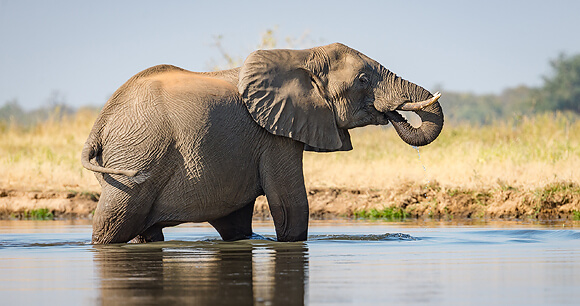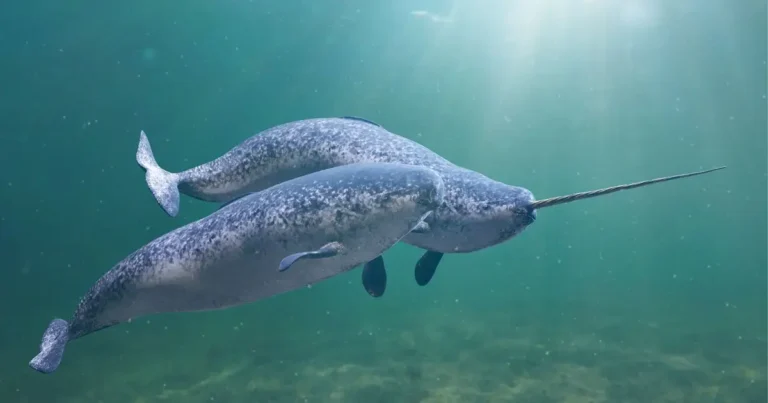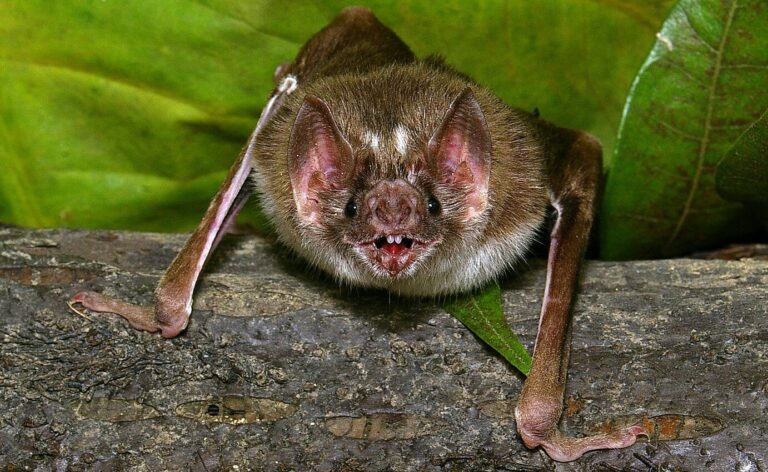African Elephant: An In-Depth Exploration
The African Elephant, one of Earth’s most iconic and majestic animals, is renowned for its intelligence, social behavior, and impressive size. As the largest land mammal, it plays a crucial role in its ecosystem and has a deep cultural significance across Africa.
This comprehensive article delves into the African Elephant’s scientific classification, physical characteristics, habitat, behavior, diet, reproduction, predators, and conservation status. We’ll also explore its evolutionary history, interesting facts, and relationship with humans.
Contents
Scientific Classification
- Kingdom: Animalia
- Phylum: Chordata
- Class: Mammalia
- Order: Proboscidea
- Family: Elephantidae
- Genus: Loxodonta
- Species: Loxodonta africana (African savanna elephant) and Loxodonta cyclotis (African forest elephant)
The African Elephant is classified into two distinct species: the African Savanna Elephant and the African Forest Elephant. The Savanna Elephant is more extensive and found in open grasslands, while the Forest Elephant is smaller, with straighter tusks and darker skin, primarily inhabiting dense forests.
Physical Characteristics

African Elephants are distinguished by their large ears, which resemble the shape of the African continent, and their prominent tusks. Here are some key physical features:
- Size: Males can reach up to 13 feet (4 meters) at the shoulder and weigh between 5,000 to 14,000 pounds (2,268 to 6,350 kg). Females are slightly smaller.
- Skin: Thick and gray, with deep wrinkles that help retain moisture.
- Ears: Large, fan-like ears that help regulate body temperature by flapping and dissipating heat.
- Trunk: A highly versatile and muscular organ with over 40,000 muscles, used for breathing, drinking, grabbing objects, and communicating.
- Tusks: Enlarged incisors made of ivory, present in both males and females, used for digging, stripping bark from trees, and defense.
Habitat and Distribution
African Elephants are distributed across various habitats, including savannas, forests, deserts, and marshes in Sub-Saharan Africa. Key countries where they are found include Botswana, Zimbabwe, Kenya, Tanzania, and South Africa.
- Savanna Elephants prefer open plains, grasslands, and woodlands.
- Forest Elephants inhabit dense rainforests in Central and West Africa.
Behavior and Social Structure

African Elephants are highly social animals living in complex matriarchal societies.
- Herd Structure: A typical herd consists of related females and their offspring, led by the oldest and often wisest female, the matriarch.
- Communication: They use vocalizations (trumpeting, rumbling), body language, and seismic signals to communicate over long distances.
- Intelligence and Emotions: Known for their memory, problem-solving skills, and empathy, elephants have been observed displaying behaviors like mourning their dead and showing altruism.
Diet and Feeding Habits
African Elephants are herbivores, consuming a wide variety of vegetation.
- Diet: Includes grasses, leaves, bark, roots, and fruits.
- Daily Intake: An adult elephant can eat up to 300 pounds (136 kg) of food and drink 50 gallons (190 liters) of water daily.
- Feeding Behavior: They strip bark from trees, dig for water in dry riverbeds, and even use their tusks to break branches.
Reproduction and Lifespan
- Mating System: Elephants are polygynous, where a dominant male mates with multiple females.
- Gestation Period: Around 22 months, the longest of any land mammal.
- Calving: Usually, a single calf is born, weighing about 220 pounds (100 kg).
- Lifespan: Elephants can live up to 60-70 years in the wild.
Predators and Threats
Adult African Elephants have few natural predators due to their size, but calves are vulnerable to lions, hyenas, and crocodiles.
- Human Threats: The primary threats include poaching for ivory, habitat loss due to agriculture, and human-elephant conflict.
- Climate Change: Altered rainfall patterns affect the availability of food and water, posing a significant threat to their survival.
Conservation Status and Efforts
The African Elephant is classified as Endangered by the IUCN.
- Conservation Efforts: Anti-poaching laws, protected areas, translocation programs, and community-based conservation initiatives are crucial in protecting these majestic creatures.
- Organizations Involved: The African Wildlife Foundation, WWF, and Save the Elephants are some key organizations working tirelessly for elephant conservation.
Interesting Facts
- Memory and Intelligence: African Elephants are known for their remarkable memory, which helps them navigate their vast home ranges and find water sources during dry seasons.
- Matriarchal Leadership: The oldest female, the matriarch, leads the herd and makes crucial decisions.
- Unique Communication: Elephants can communicate through seismic signals by sensing ground vibrations with their feet.
Evolutionary History
The African Elephant’s ancestors date back to around 60 million years ago. Elephants belong to the order Proboscidea, which included other now-extinct species like the mammoths and mastodons.
- Adaptive Evolution: Their trunk, tusks, and large ears have evolved to adapt to various ecological niches over millions of years.
- Speciation: Around 2-7 million years ago, the African Elephant lineage split into the two distinct species we know today.
Relationship with Humans
Elephants hold a significant place in African culture, spirituality, and economy.
- Cultural Significance: Revered in many African myths and folklore, elephants are symbols of wisdom, strength, and royalty.
- Human-Elephant Conflict: As human populations expand, elephants often raid crops, leading to conflict. Efforts are being made to reduce such encounters through innovative methods like beehive fences.
Conclusion
The African Elephant is not just a keystone species but also a symbol of the wild, reflecting the health of the African ecosystems they inhabit. Conserving these magnificent animals requires global cooperation, sustainable practices, and a commitment to ending poaching and habitat destruction. Their survival is crucial, not only for biodiversity but also for the cultural and ecological heritage of Africa.
- Golden Retriever Pros and Cons: What Every Pet Parent Should Know - 15 September 2025
- Cane Corso Dog Breed: Health, Care, and Lifespan - 14 September 2025
- Catahoula Leopard Dogs: Description, Temperament, Lifespan, & Facts - 21 July 2025







